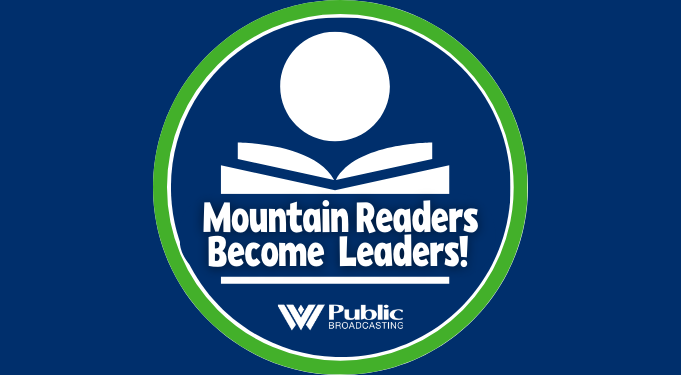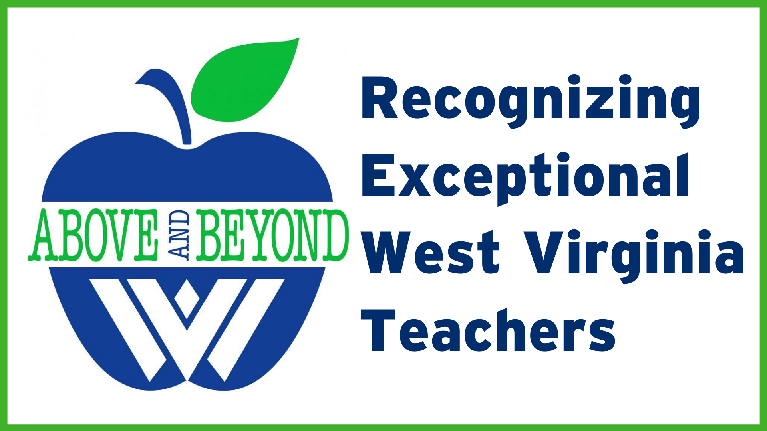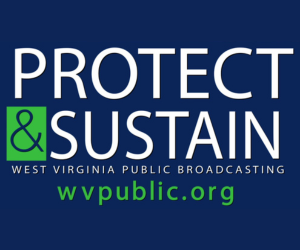This week, we’ve been talking about water in the coalfields. We met folks that deal with frequent water outages and boil water advisories because of crumbling water systems, and heard stories of folks living with no water source at all. We also learned that proper sewage disposal is still a challenge.
Progress has been made. Just this past year, the Elkhorn Water Project began. It’s expected to bring clean water to folks living in several coal camp communities along Route 52 in McDowell County. A project in Wyoming County is expected to bring a permanent solution to water issues in Bud and Alpoca.
So what does it take to build a new water utility in West Virginia? Well, apparently it’s complicated and depends on the scenario but here’s a breakdown.
Let’s say a community would like to get hooked up to a neighboring water system.
The community would file a formal petition to the closest utility which would fill out an application, which I’m told, isn’t as simple as it sounds.
If they’re requesting funding from the state, the utility has to go through the infrastructure and jobs development council.
Part of the process involves surveys to see if the community wants access to public water. Goode has worked on several water projects in the region during his 30 year tenure as an elected official and explains how surveys can complicate the situation, as they did in Hanover.
Goode says the project hit roadblocks like a lack of funding, which in turn meant they had to resurvey the population, more roadblocks, another survey.
Now the people are at the point where they’re just not willing to fill out any more surveys.
Once again, it’s a unique situation.
Then there’s Coal Mountain. We heard about this earlier in our series. The community depends on a gas tank on top of a hill that feeds water hoses into another holding tank.
“It’s too far removed to run a water line from another system,” he said. “They do qualify for some Abandoned Mine Lands available but it’s not enough to do what needs to be done.”
That’s usually the biggest challenge; money. It can come from a variety of different sources. Several communities in the coalfields have benefited from Abandoned Mine Land money. It’s federal funds provided by a tax on coal companies.
The money is used to repair damages done by coal companies prior to 1977, when Congress enacted the Surface Mining Control and Reclamation Act. But there’s not enough money to fix even the “high priority health and safety related” sites which are things like unsealed mines or unstable hillsides, let alone several new water systems.
Shane Whitehair with the Regional Planning and Development Council says that another popular souce comes from Small Cities Block Grants. He says that fund usually has about $13 million for new projects. He says the requested funds for water and sewer alone is usually between $60 to $80 million.
So, getting water to rural places through these conventional means is just expensive and sometimes the the Public Service Commission says the residents can’t afford to pay the inevitable utility bill.
It’s often a challenge to find a way to bring water into rural homes, but Goode points out, it’s not impossible. The most important part, is community interest.
Goode is retiring after this term. After more than 30 years of walking miles of red tape, and navigating bureaucratic mazes he says water is fundamental. Working to provide his community with cleaner, reliable water has been the most rewarding aspect of his work.
Still, he’d like to see the process simplified and perhaps a central entity that handles critical water infrastructure.























